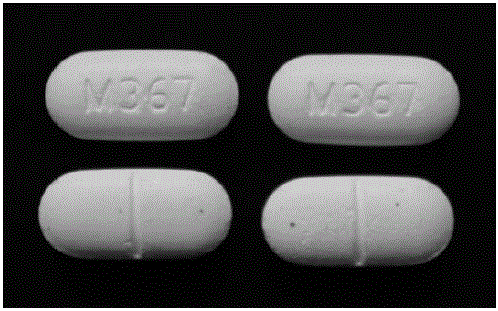Canadian Province Adopts CDC Guidelines
/By Pat Anson, Editor
Less than three months after their adoption in the United States, the CDC’s opioid prescribing guidelines are now being implemented in Canada.
The College of Physicians and Surgeons of British Columbia has released new professional standards and guidelines that are closely modeled after the CDC’s guidelines.
One key difference is that while the CDC’s guidelines are “voluntary” and intended only for primary care physicians, British Columbia’s standards of care are legally enforceable for all opioid prescribers because they set a “minimum standard of professional behaviour and ethical conduct.”
“The public health crisis of prescription drug misuse has developed in part due to the prescribing of physicians. The profession has a collective ethical responsibility to mitigate its contribution to the problem of prescription drug misuse, particularly the over-prescribing of opioids, sedatives and stimulants,” the college said.
"Every physician is professionally responsible for the prescription that they provide to a patient."
Like the CDC guidelines, the college discourages the prescribing of opioids for chronic pain, but goes even further by saying they should not be used to treat three specific health conditions: headaches, fibromyalgia and low back pain.
Opioids for acute pain should be limited to three to seven days’ supply, and when prescribed for chronic pain should be limited to only a month’s supply at a time. British Columbia physicians are also warned not to prescribe opioids concurrently with benzodiazepines and other anxiety medication.
Doctors are also cautioned to carefully document their reasons for increasing doses over 50 morphine milligram equivalents (MME) per day and to avoid increasing the dose to over 90 MME per day.
The British Columbia standards are more strict than Canada’s national guidelines, which have not been revised since 2010, “leaving them out of date with current research associated with taking painkillers,” according to The Globe and Mail.
“While Canada’s guidelines for opioid-prescription are expected to be updated in January, the death toll is mounting too quickly to wait,” said the Toronto Star in an editorial urging Ontario’s College of Physicians and Surgeons to adopt guidelines similar to British Columbia’s.
“B.C. has shown the way for other provincial regulatory bodies. Colleges across the country, including Ontario’s, should follow its example and set informed rules now. Injudicious prescriptions have already destroyed the lives of too many Canadians.”
Like the United States, Canada is one of the top opioid prescribing countries in the world and is struggling with an “epidemic” of addiction and overdoses. A growing number of deaths, however, can be attributed to illegal opioids such as fentanyl and heroin, and it remains in doubt whether restricting access to prescription opioids will lessen the problem or only make it worse by forcing legitimate patients to turn to the streets for pain relief.
As Pain News Network has reported, Canadian drug dealers are now selling counterfeit painkillers laced with fentanyl, an opioid that is more potent and dangerous than most pain medications.
The Star sees the problem differently, blaming doctors for Canada's opioid problem.
“It’s hard to believe that a large part of the blame for Canada’s latest drug-addiction crisis lies not with dealers, but with doctors. That is the conclusion of a growing number of health experts across the country who say our ballooning opioid problem can’t be solved until physicians stem the flow of prescriptions for the highly addictive painkillers,” the newspaper said in its editorial.


























